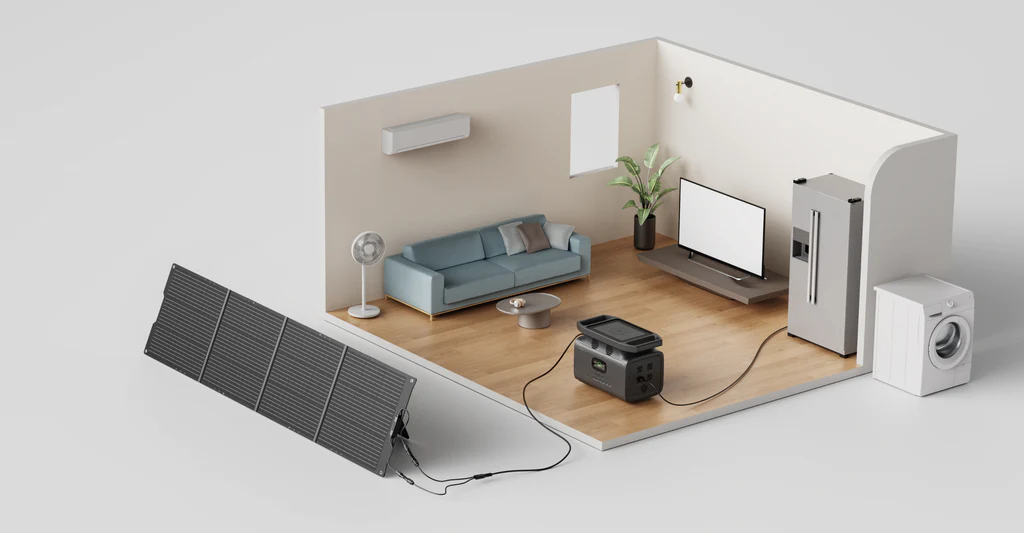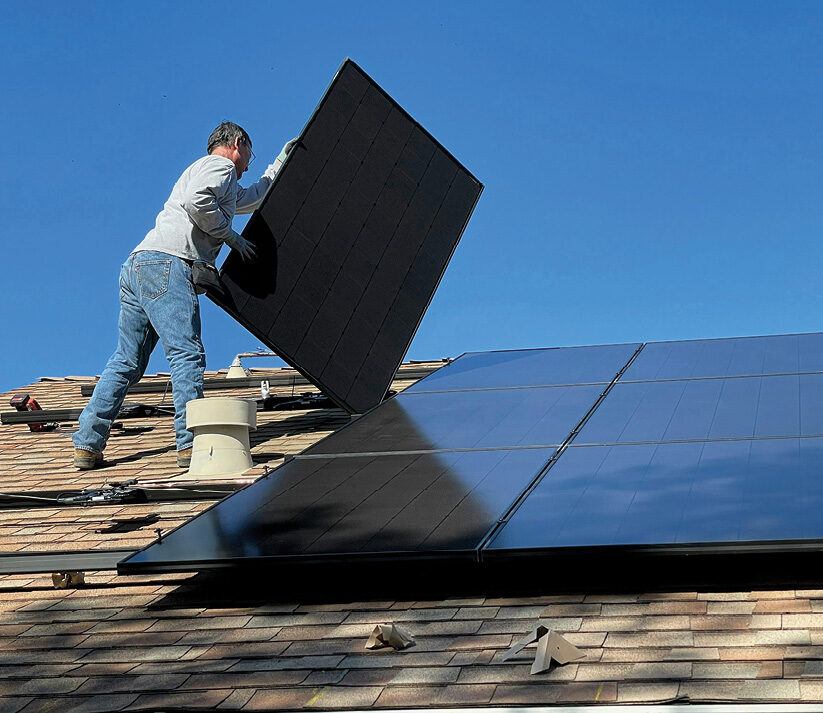Leap, a provider of software that facilitates virtual power plant access, announced it has secured $12 million in equity financing to scale its business.
The funding round was led by Standard Investments with participation by DNV Ventures and Sustainable Future Ventures. Existing investors including Union Square Ventures, Congruent Ventures and National Grid Partners also joined the round.
The company’s platform enables automated access to energy market participation for battery storage, electric vehicle charging, smart thermostats, energy management systems, and other distributed energy resources like rooftop solar. It helps distributed energy technology providers and operators to earn revenue in demand response and other grid services programs.
“The need for clean, flexible capacity to help balance the strained power grid has never been higher,” said Leap co-founder and chief executive officer Thomas Folker.
Folker said the funds will be used to add features to the platform, grow Leap’s network of technology partners and expand across geographies. Along with a network of over 70 technology partners, Leap has connected over 70,000 customer meters to virtual power plants (VPP) across the United States.
“Distributed energy resources are a growing priority for both consumers and utilities. With Leap’s unique ability to monetize all types of assets — from energy storage to electric vehicles to building management systems — it is a market maker in an increasingly crowded field,” said Standard Investments’ Logan Ashcraft, who was named to Leap’s board of directors.
A study by Boston-based consultancy Brattle Group estimates utilities could save $35 billion by 2033 by focusing on VPPs for supporting peak demand capacity. Brattle Group’s 400 MW resource adequacy study considered a utility with 1.7 million residential customers. The power company had 5.7 GW of gross peak demand and 3.6 GW of net peak demand from solar and wind resources. Its aim was to generate half its electricity from renewables by 2030. The study found VPP peaker usage would be 40% to 60% cheaper than alternatives, including gas peakers and grid-scale batteries
Brattle Group estimated 60 GW of VPP deployment could meet U.S. resource adequacy needs through 2033 for $15 billion to $35 billion less than the cost of alternatives. That level of VPP deployment could also provide more than $20 billion worth of emissions and resilience benefits over the decade.
“VPPs do more than provide decarbonization and grid services – they increasingly give grid operators a large scale and utility grade alternative to new generation and system buildout, through automated efficiency, capacity support, and non-wire alternatives,” said Jigar Shah, director of Loans Program Office, Department of Energy.
Also read Navigating complex energy markets for VPP participants.
This content is protected by copyright and may not be reused. If you want to cooperate with us and would like to reuse some of our content, please contact: editors@pv-magazine.com.









By submitting this form you agree to pv magazine using your data for the purposes of publishing your comment.
Your personal data will only be disclosed or otherwise transmitted to third parties for the purposes of spam filtering or if this is necessary for technical maintenance of the website. Any other transfer to third parties will not take place unless this is justified on the basis of applicable data protection regulations or if pv magazine is legally obliged to do so.
You may revoke this consent at any time with effect for the future, in which case your personal data will be deleted immediately. Otherwise, your data will be deleted if pv magazine has processed your request or the purpose of data storage is fulfilled.
Further information on data privacy can be found in our Data Protection Policy.